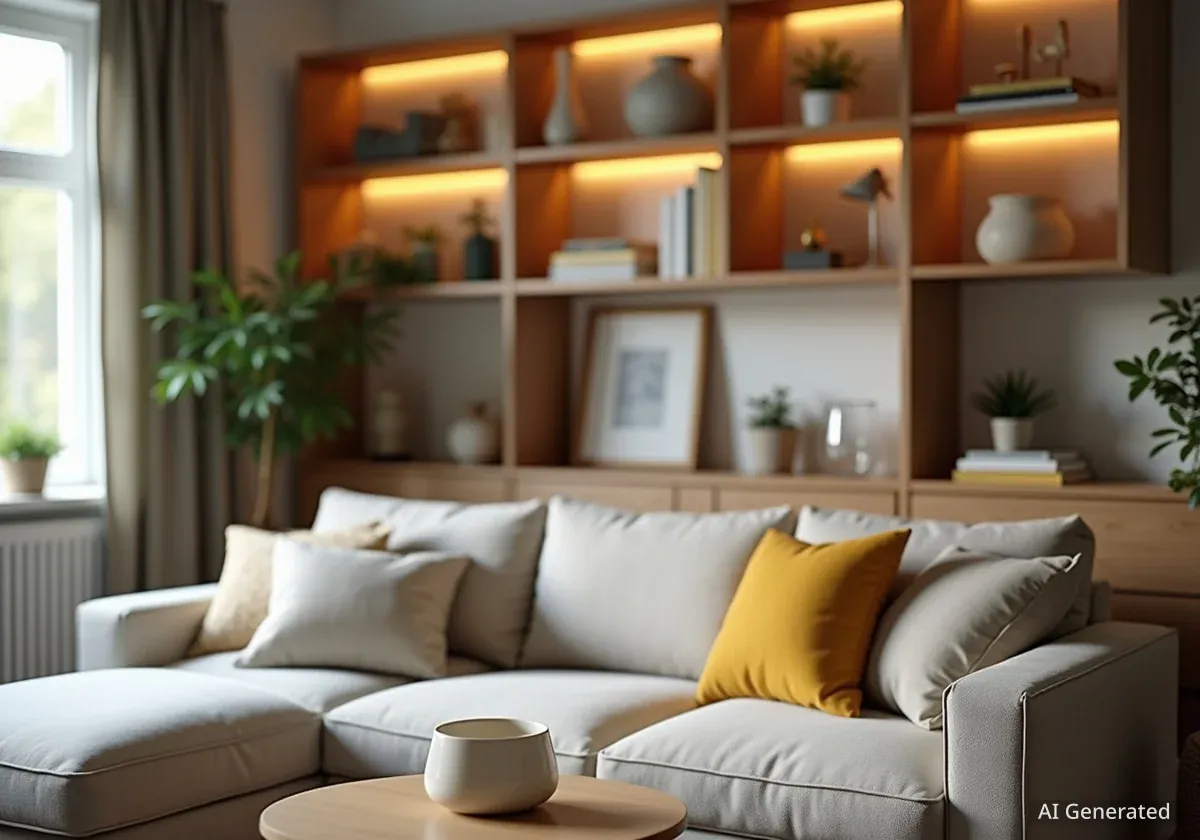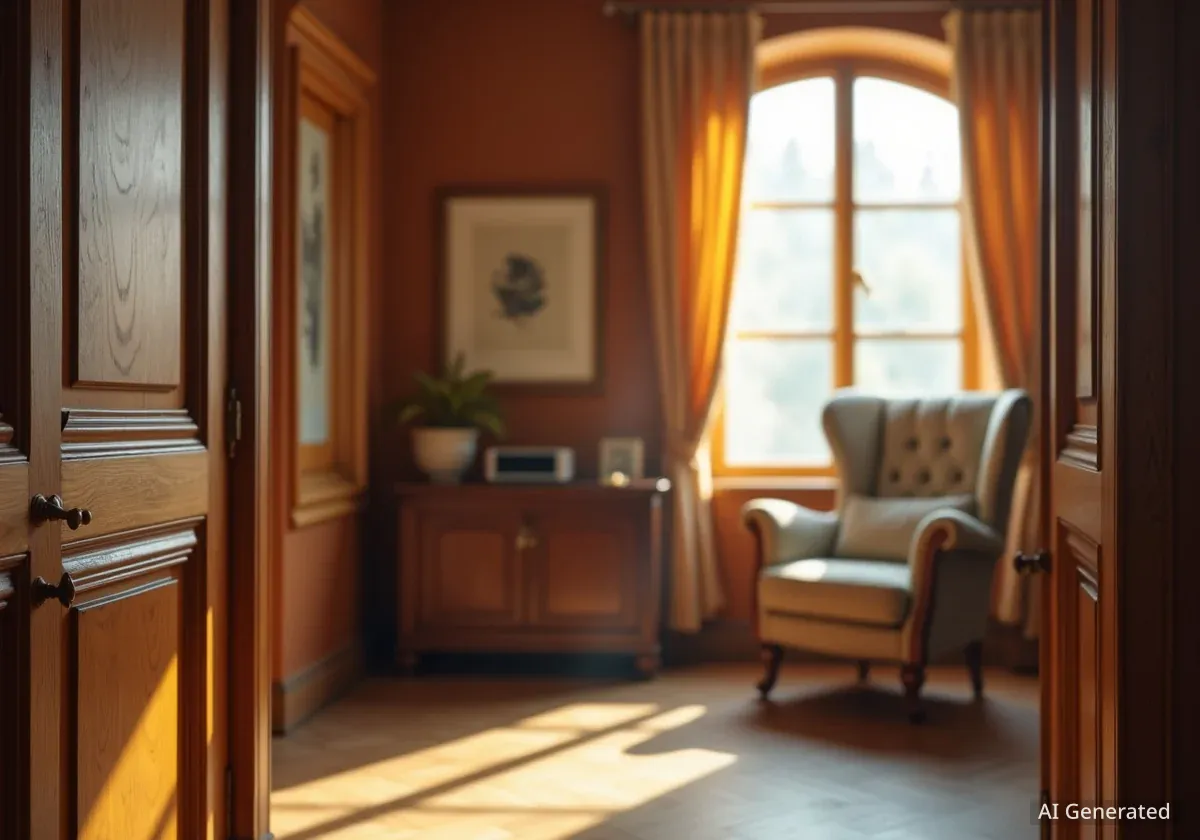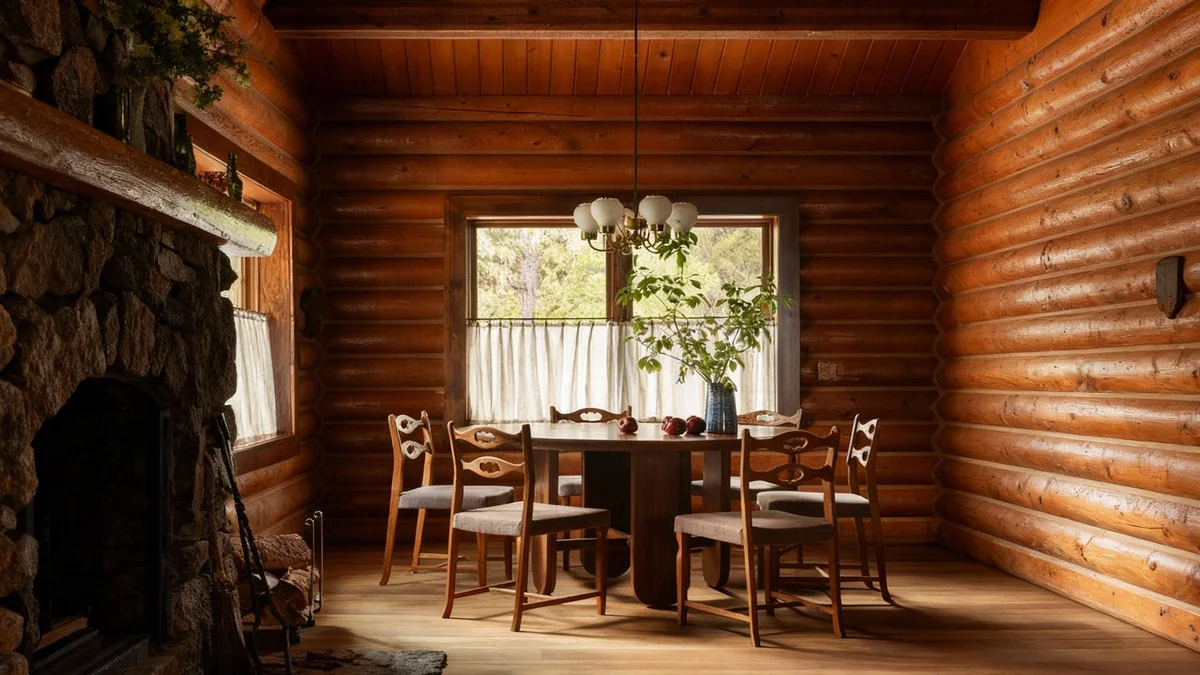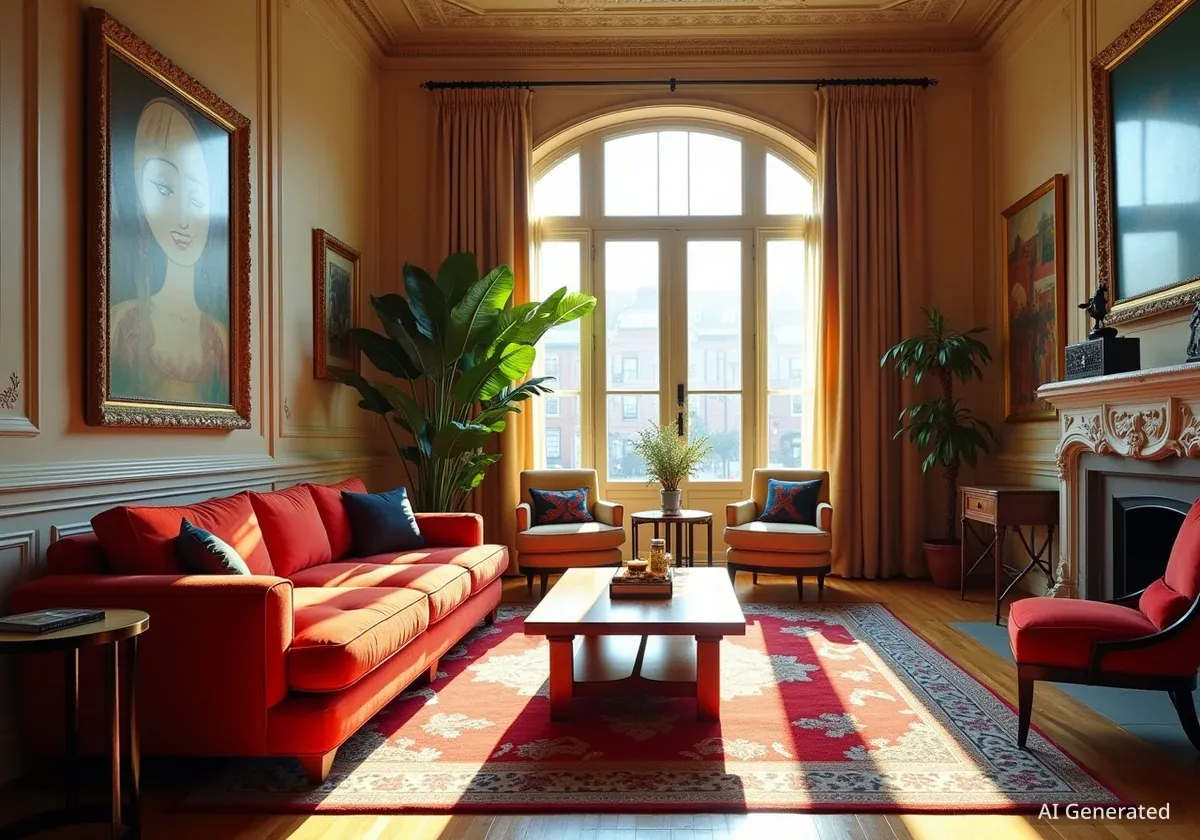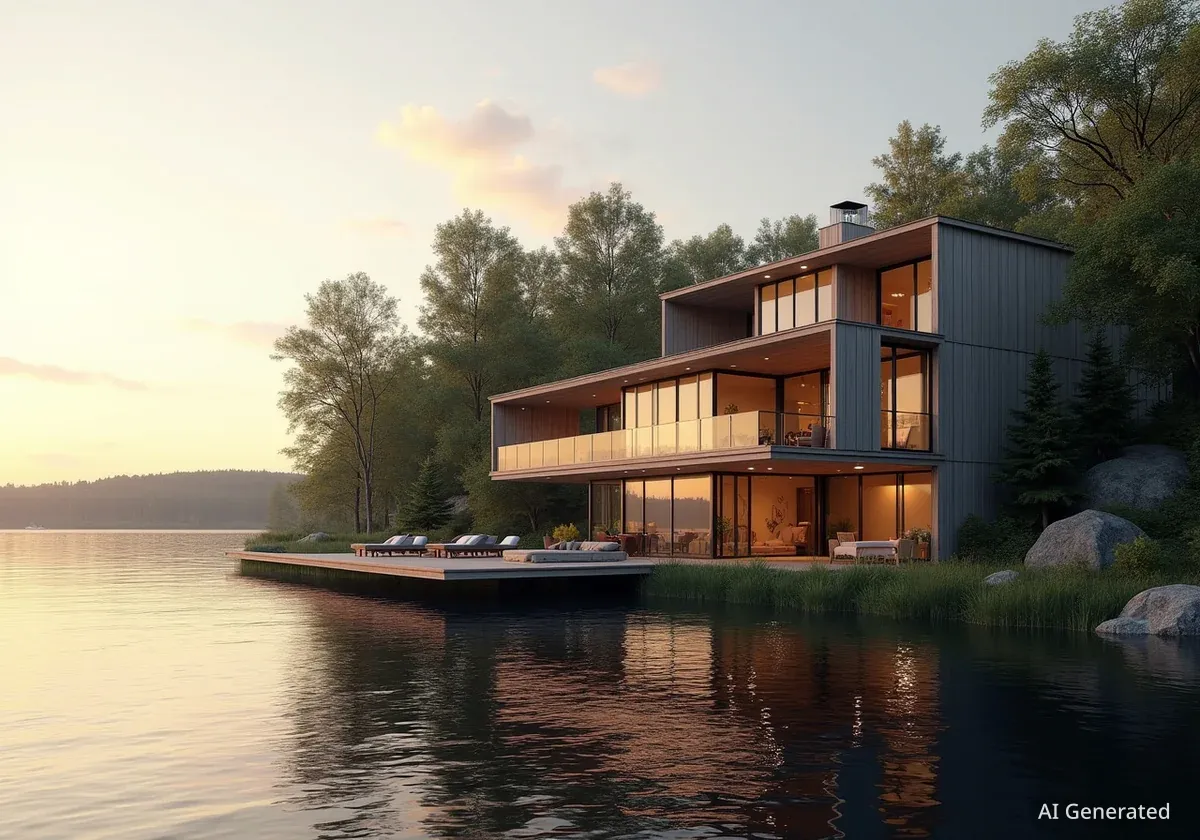Creating a home that is both beautiful and practical is the core of a design philosophy known as "livable design." This approach prioritizes functionality to ensure a living space serves the needs of its occupants effectively. According to Santa Fe interior designer Julie Williams, it's about making your home work for you, regardless of your budget or the size of your space.
By focusing on practical solutions, thoughtful organization, and incremental changes, homeowners can significantly improve their daily lives. This method moves beyond temporary trends to create lasting comfort and utility, proving that a well-designed home is accessible to everyone.
Key Takeaways
- Function First: Livable design is defined as blending aesthetics with a strong emphasis on practical function to meet household needs.
- Start with Organization: Before making purchases, assess and organize existing spaces like closets and garages to understand what you truly need.
- Live in Your Space: It is recommended to live in a new home for several months before undertaking major renovations to understand its natural flow and functional gaps.
- Budget-Friendly Approach: Tackle home improvement projects one room at a time and focus on high-impact, low-cost upgrades to manage expenses effectively.
Understanding the Core of Livable Design
The concept of livable design centers on a simple but powerful idea: a home should be a highly functional environment tailored to the people who live there. It is a direct response to designs that may look impressive but fail in day-to-day usability.
Julie Williams, an interior designer and owner of Julie Williams Interiors, offers a clear definition of this practical philosophy.
“Marrying form and function with a heavy emphasis on function,” Williams explained. “This is my only home, I want it to work really well and serve my household just as well. By selecting hardworking materials and organizing it is important to achieve a high functioning household.”
This principle suggests that the most successful living spaces are those that reduce daily friction and enhance convenience. It's not about having a showroom-perfect house, but rather a home that supports and simplifies your lifestyle.
The First Step Begins with Organization
Before considering new furniture or major renovations, the journey toward a more livable home starts with a thorough assessment of what you already own. Williams advocates for a foundational step that costs nothing but time: decluttering and organizing.
Why Closets and Garages Come First
According to Williams, spaces like closets and garages are often overlooked but are critical to a functioning home. By editing these storage areas first, homeowners can get a clear picture of their possessions and identify what is truly necessary.
This process of decluttering serves two main purposes:
- It frees up valuable space, making the home feel larger and more open.
- It provides an accurate inventory, preventing redundant purchases and helping to plan for effective storage solutions.
Taking stock of what you have is the most logical starting point for any design project. It establishes a baseline and ensures that any subsequent changes are purposeful and address genuine needs.
The Cost of Clutter
Studies have shown a direct link between high-density clutter and elevated levels of the stress hormone cortisol, particularly in women. A well-organized home, therefore, can contribute not only to physical order but also to mental well-being and reduced stress.
High-Impact Upgrades on a Small Budget
Livable design proves that significant improvements do not always require a large financial investment. Small, strategic upgrades can dramatically enhance a home's functionality and aesthetic appeal. Williams implemented several cost-effective changes in her own home that serve as practical examples.
Affordable Storage Solutions
To improve her own closet, Williams opted for an affordable, customizable wire system from a home improvement store like Lowe’s. These systems are a fraction of the cost of custom cabinetry but offer immense flexibility, allowing homeowners to tailor shelves, drawers, and hanging space to their specific wardrobes.
This type of project transforms a chaotic closet into a highly organized and efficient space, making it easier to see and access clothing and accessories. The key is to invest in systems that adapt to your needs.
Enhancing Outdoor Spaces
Another example of a low-cost, high-impact project is upgrading an entryway or portal. Williams transformed her plain concrete front portal with classic black and white porcelain tile, which she sourced for only $3 per square foot.
This simple addition instantly added character and charm, reflecting the unique architectural style of Santa Fe without a hefty price tag. It demonstrates how a small investment in durable materials can elevate a home's curb appeal and create a more welcoming entrance.
Choosing Hardworking Materials
When selecting materials for floors, countertops, or outdoor areas, livable design prioritizes durability and ease of maintenance. Materials like porcelain tile, quartz, and high-quality laminate are often chosen for their ability to withstand daily wear and tear while being easy to clean, ensuring the home remains functional for years to come.
A Phased and Patient Approach to Renovations
One of the most common mistakes homeowners make is rushing into major renovations immediately after moving into a new property. Williams strongly advises against this, recommending a more patient and observant strategy.
The Value of Waiting
Williams suggests living in a new home for a period of time—she waited four months in her own—before making significant changes. This allows you to understand the home's unique patterns, such as:
- How natural light moves through the rooms at different times of day.
- The natural traffic flow and how your family moves through the space.
- Which areas become natural gathering spots and which are underutilized.
- Where functional deficiencies exist, such as a lack of storage or insufficient lighting.
After this observation period, she renovated her laundry room, followed later by the kitchen and bathrooms. This informed approach ensures that renovations solve real problems rather than being based on initial assumptions.
One Room at a Time
Tackling renovations one room at a time is another cornerstone of a budget-friendly and manageable design process. This method allows homeowners to focus their financial resources and creative energy on a single space, ensuring it is completed to a high standard before moving on to the next.
This phased approach reduces the stress and disruption that often accompany large-scale renovations, making the entire process more sustainable and less overwhelming. It turns a massive project into a series of achievable goals.
Simple Techniques to Improve Any Space
Beyond structural changes, several simple design techniques can be used to make a room feel more functional and appealing. These small adjustments can often be done with minimal expense.
A widely recommended tip for enhancing a space is the strategic use of mirrors. Placing a large mirror on a wall can create an illusion of depth, making a small room feel significantly larger and more open. Mirrors also reflect light, which can brighten up darker areas of a home.
The ultimate goal of livable design is to create a home that you genuinely enjoy being in. By focusing on function, embracing budget-friendly solutions, and making thoughtful, incremental changes, anyone can transform their living space into a place that truly works for them.

